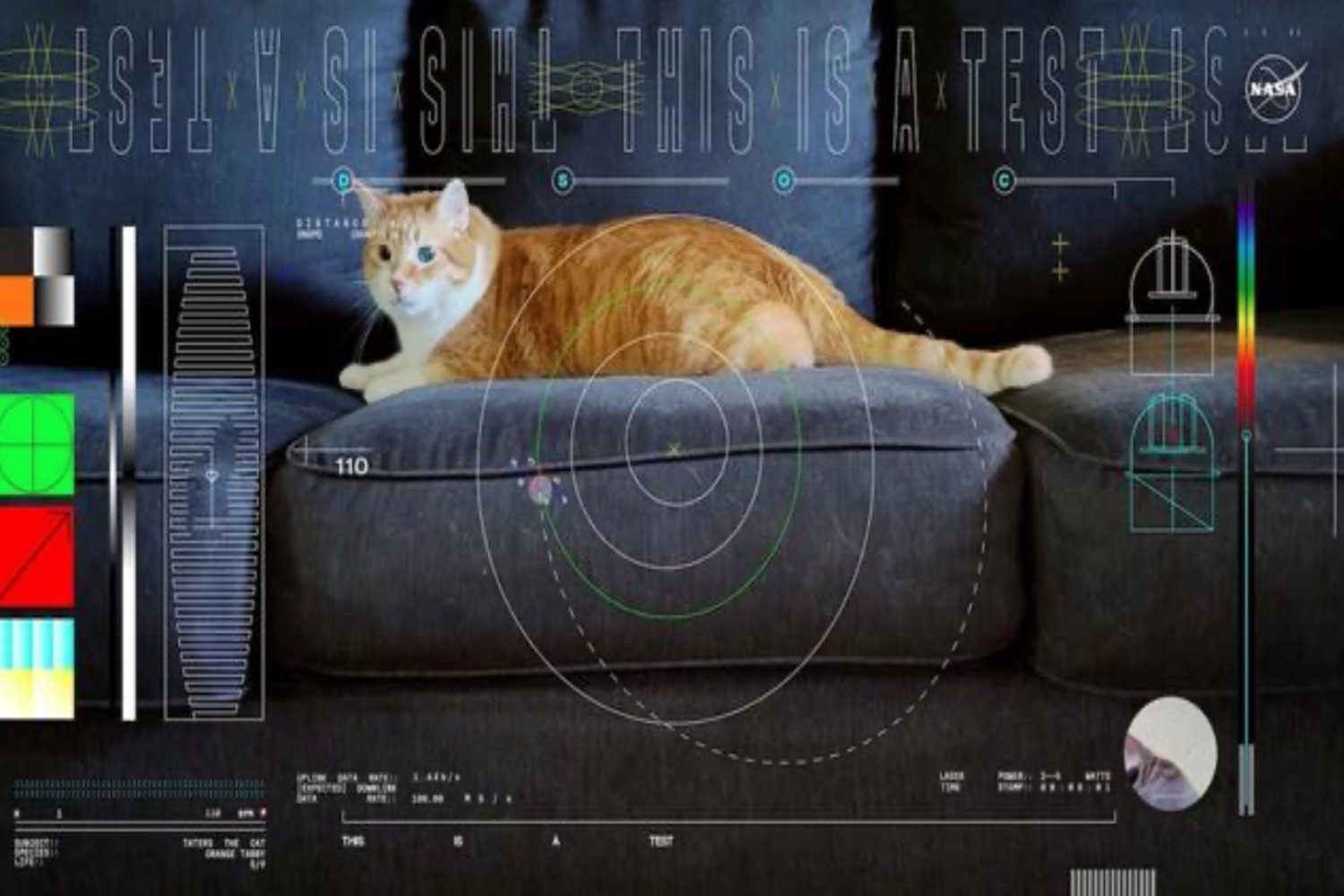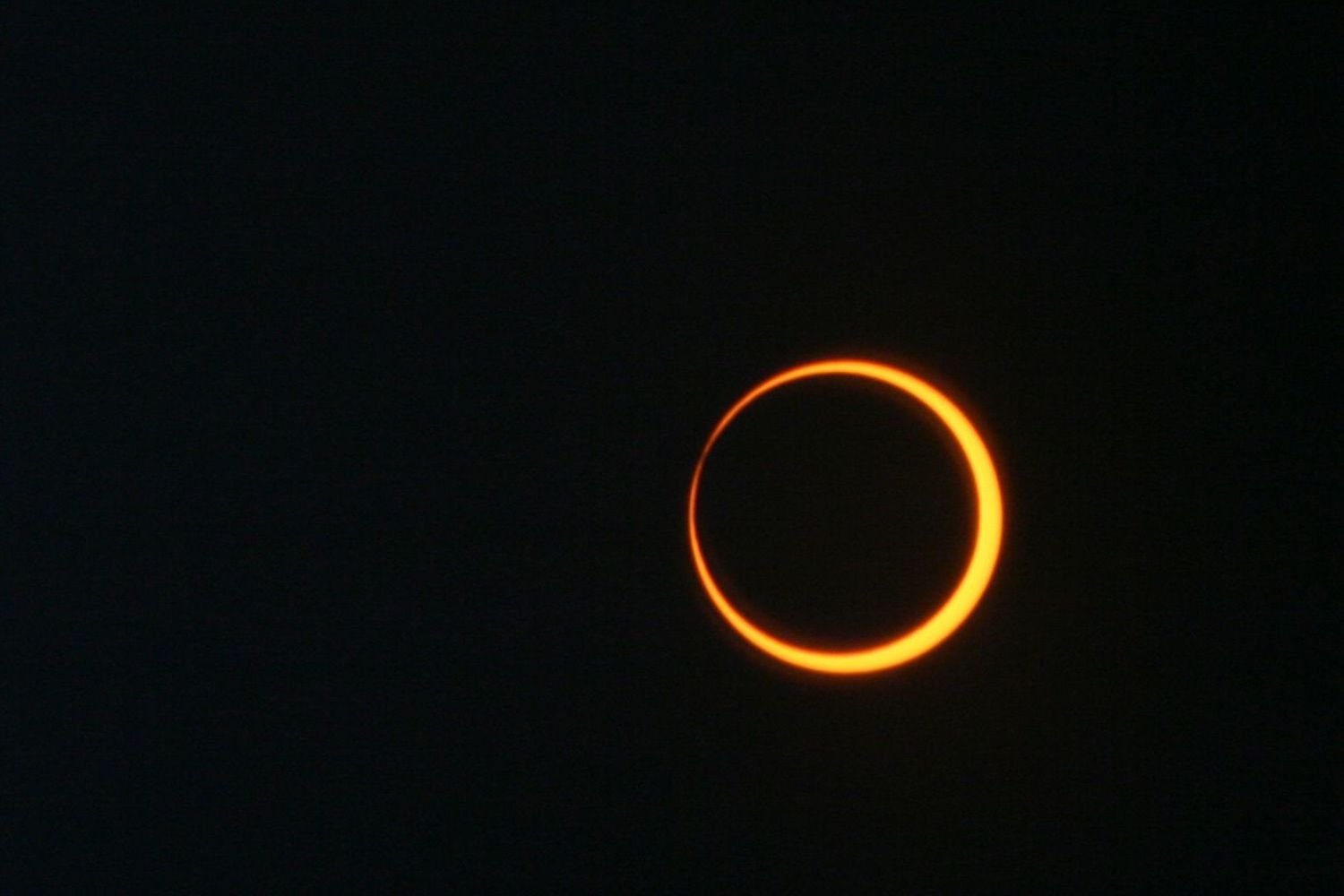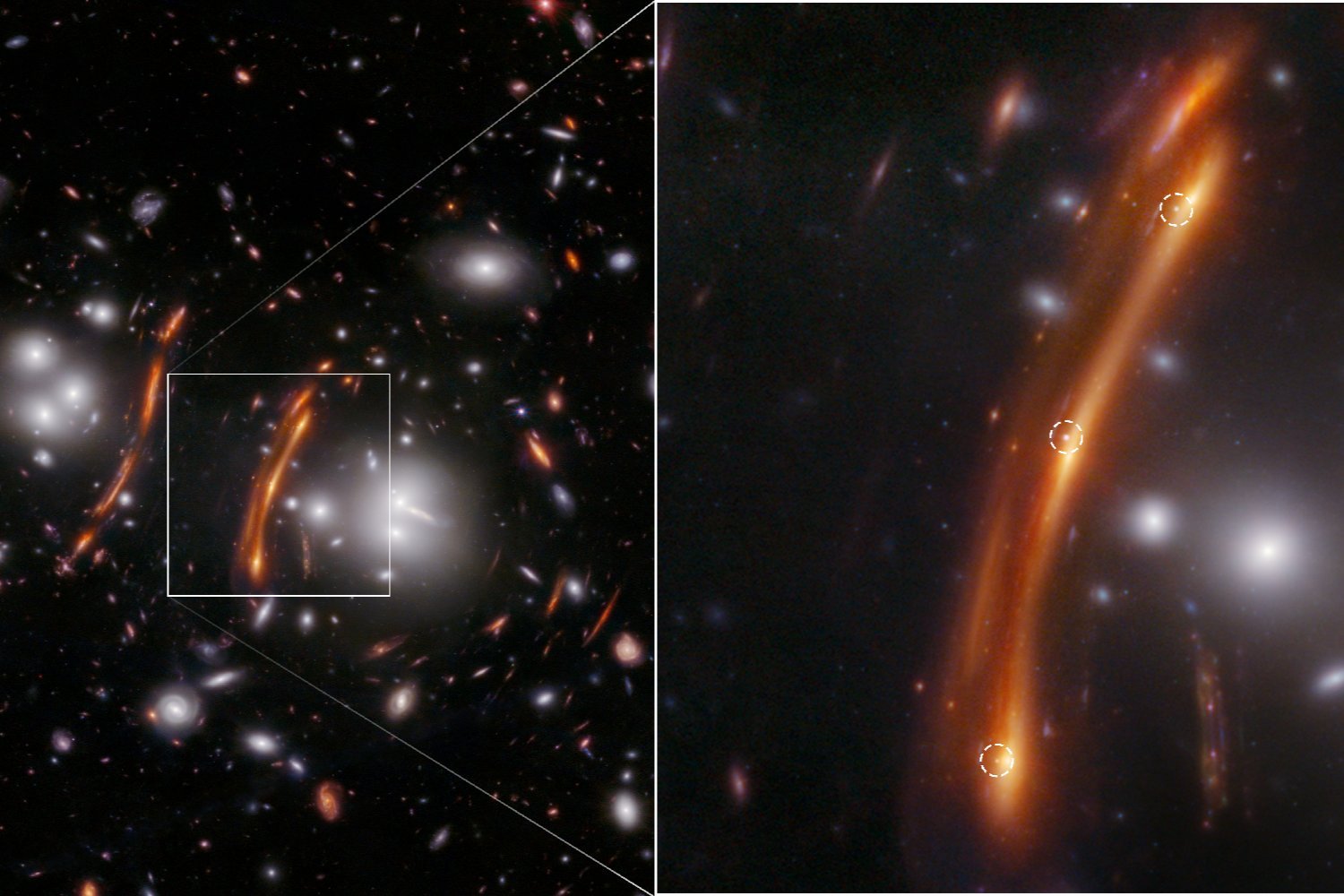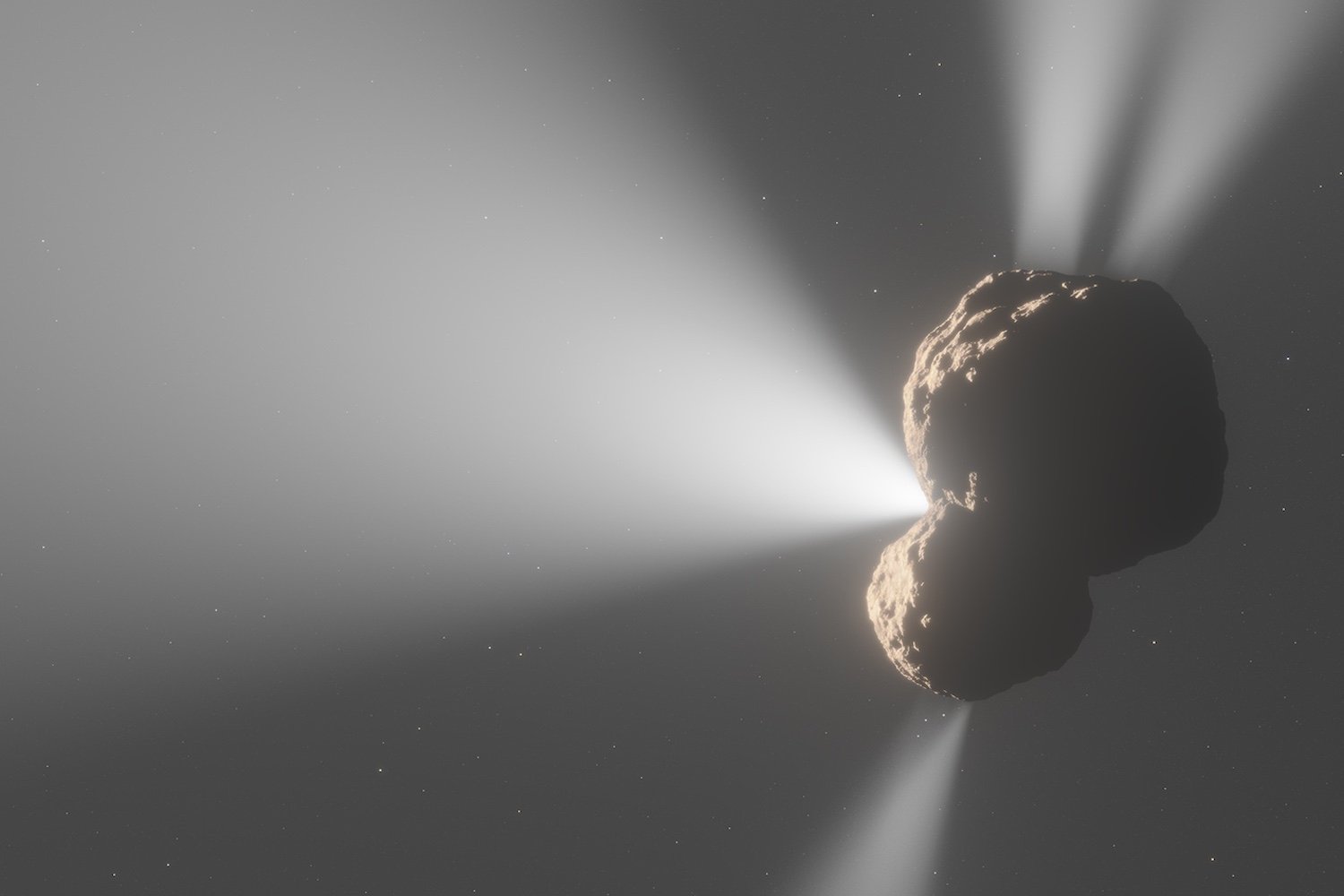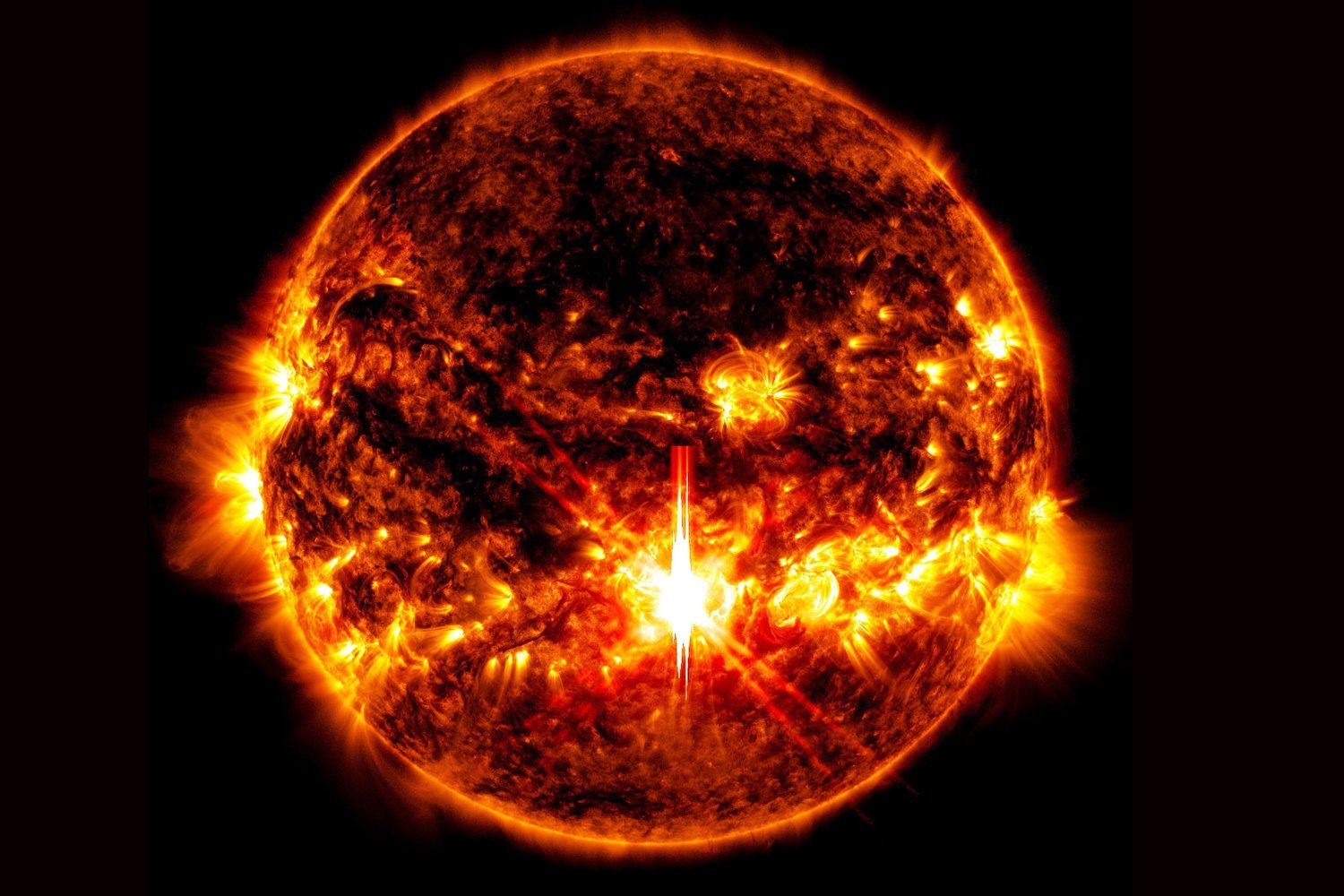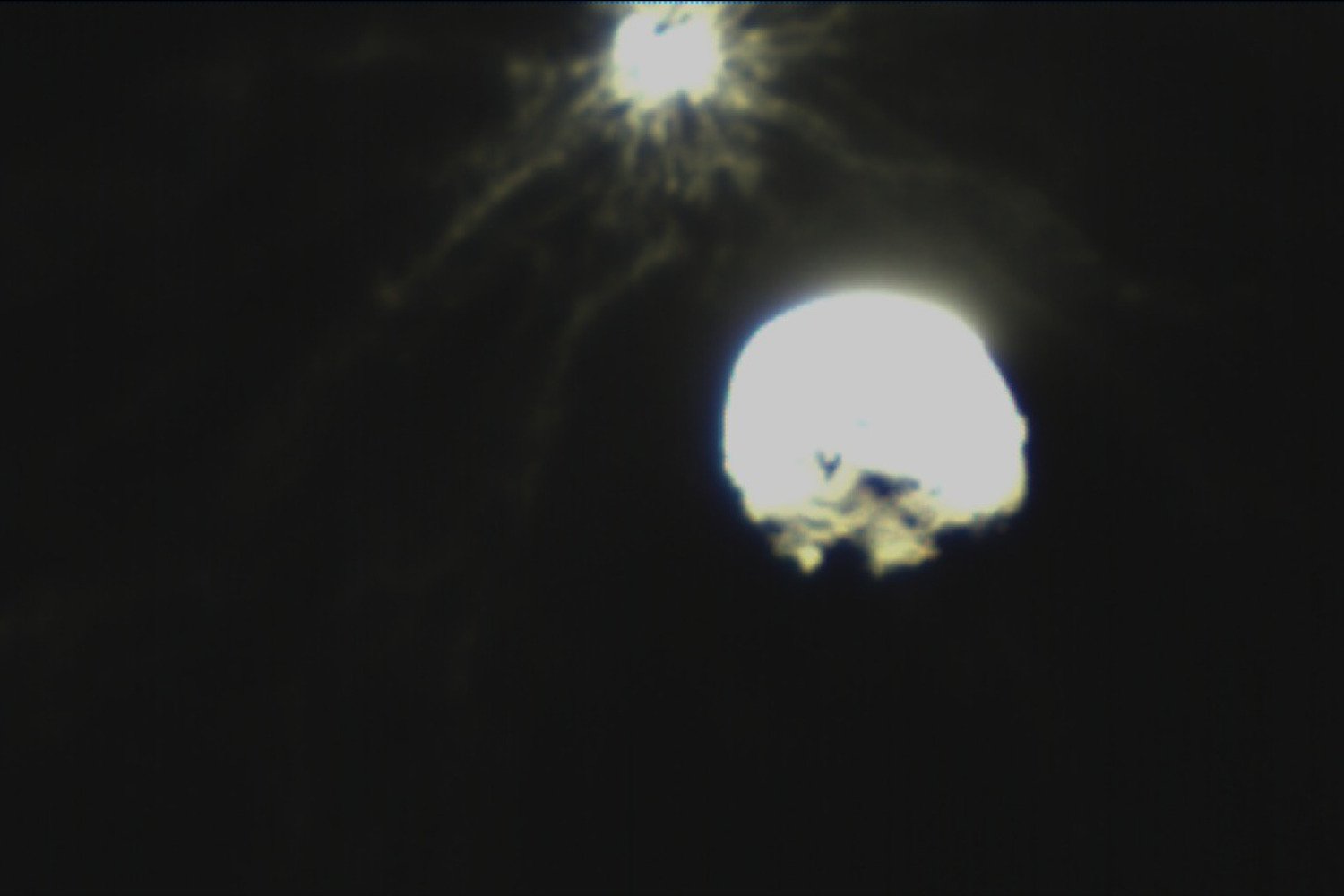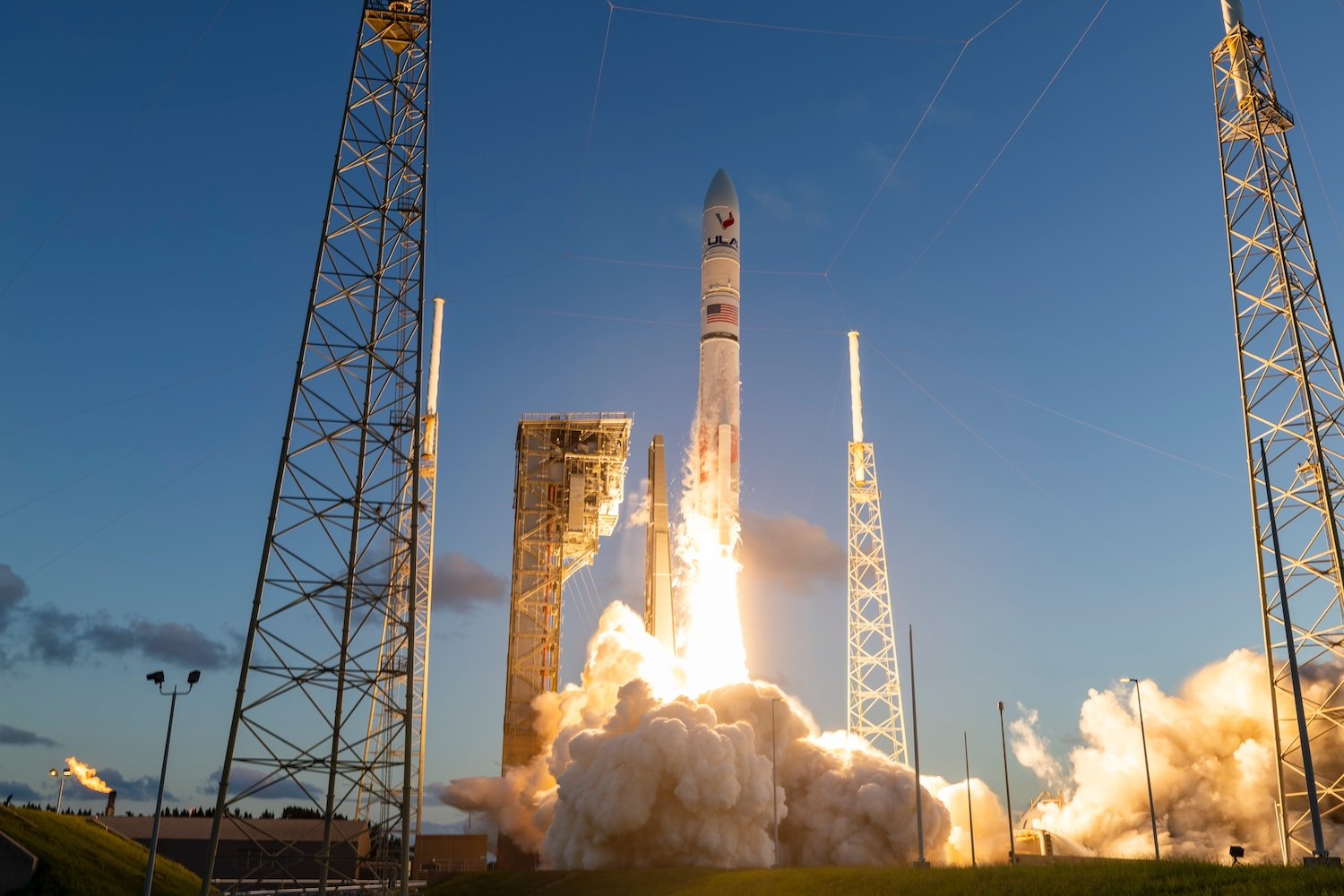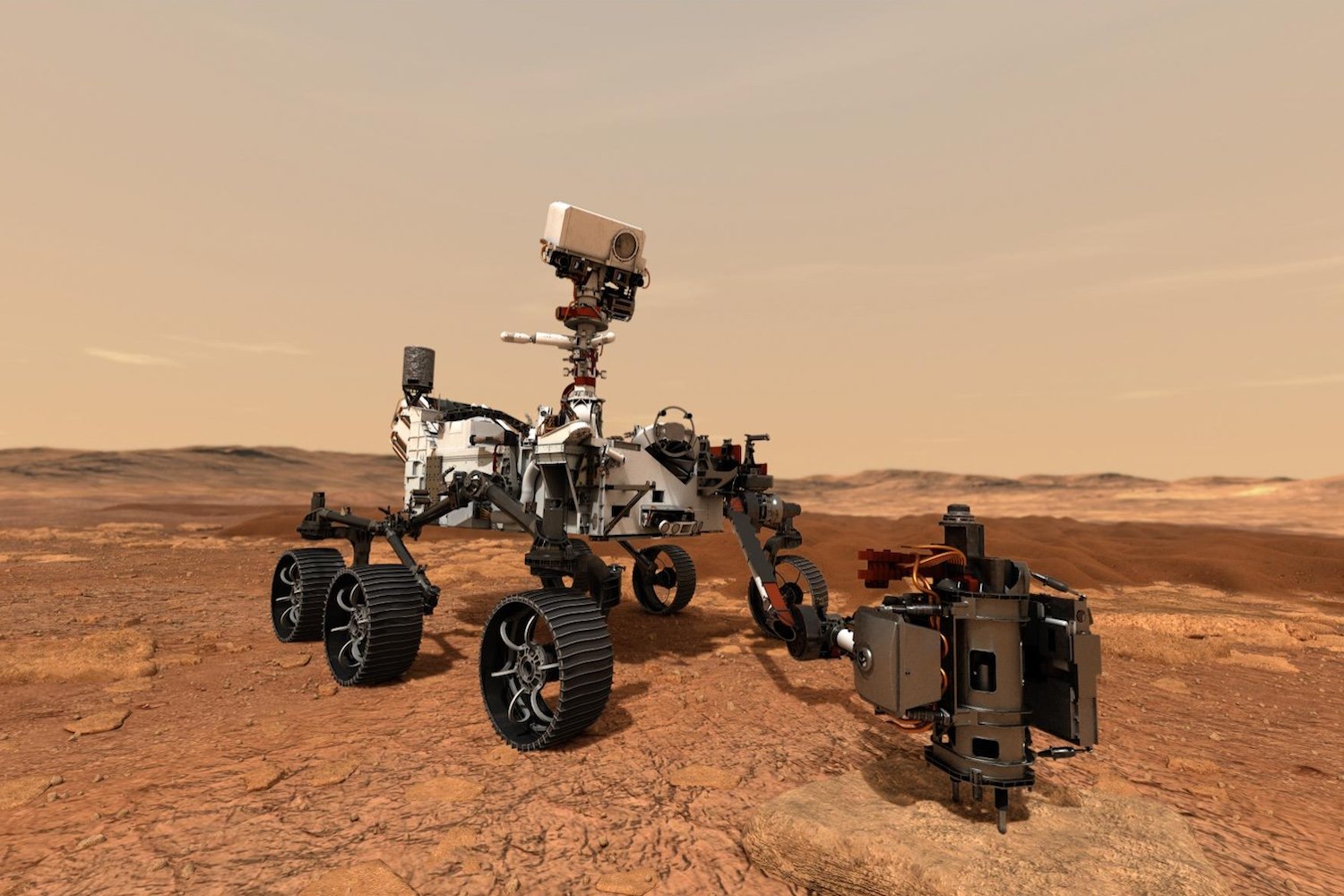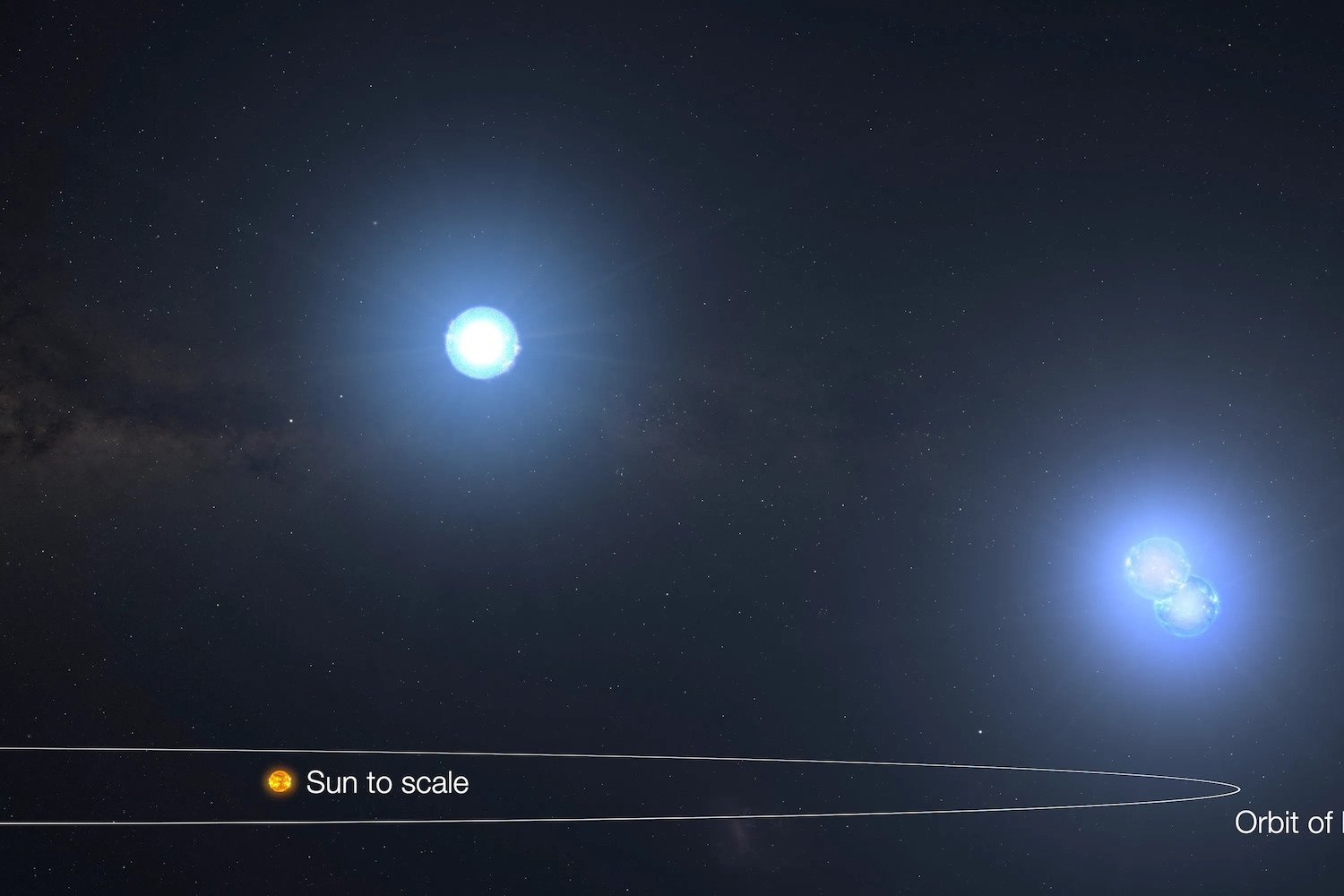In December 2023, a small, gold-capped satellite transmitted a charming video of an orange tabby cat named Taters playfully chasing a laser pointer. Remarkably, this 15-second clip originated 19 million miles from Earth. Months later, images and videos of NASA employees’ pets followed suit, traversing space via laser beams, reaching Earth in a mere 101 seconds. This endearing display isn’t just about showcasing pets in space; it represents a pivotal step in NASA’s exploration of optical communication for transmitting data to distant spacecraft significantly faster than traditional radio waves. “This has been decades in the making,” explains Meera Srinivasan, operations lead of NASA’s Deep Space Optical Communications (DSOC) at the Jet Propulsion Laboratory (JPL). “We needed to refine this technology for space operations.”
Ushering in a New Era of Space Communication
DSOC’s journey involved years of research and smaller-scale demonstrations beaming data across shorter distances, such as from Earth to the Moon. Launched in October 2023, the DSOC flight laser transceiver, attached to the Psyche spacecraft (en route to explore an asteroid of the same name), marks a significant milestone. While Psyche utilizes conventional radio communication, the DSOC transceiver represents the first demonstration of optical communication from distances comparable to Mars. In November 2023, the instrument successfully transmitted data encoded within a near-infrared laser from nearly 10 million miles away.
Decoding the Science of Optical Communication
This groundbreaking technology involves invisible beams of light traveling at light speed, carrying high-definition data from the depths of space to Earth. Data is encoded into the oscillations of light waves within lasers, creating an optical signal transmitted via invisible infrared beams. Since the 1950s, space agencies have relied on radio frequency communication. While both radio and laser signals belong to the electromagnetic spectrum and travel at the same speed, they differ in wavelength. Lasers, operating in the near-infrared spectrum, have shorter wavelengths and higher frequencies than radio waves. This allows for more data to be packed into infrared waves, enabling higher data transmission rates.
Advantages of Optical Communication: Speed and Resolution
“The difference in wavelength affects the amount of data you can transmit,” Srinivasan explains. “This allows for higher resolution data because you can send significantly more bits in the same timeframe.” DSOC aims to achieve data rates 10 to 100 times greater than current radio frequency systems. To illustrate, transmitting the tabby cat video using Psyche’s radio transmitter, with a data rate of 360 kilobits per second, would have taken 426 seconds. DSOC’s laser transceiver, with a data rate of 267 megabits per second, accomplished the same task in a mere 0.58 seconds.
How DSOC Works: A Symphony of Lasers and Telescopes
“Optical communication involves using telescopes and lasers, pulsing these laser beams,” Srinivasan explains. The DSOC system comprises a flight laser transceiver and two ground stations: the Hale Telescope at Caltech’s Palomar Observatory (downlink station) and the Optical Communications Telescope Laboratory at JPL’s Table Mountain facility (uplink station). The uplink station transmits a pulsed laser signal to the flight terminal, which uses a photon-counting camera. The flight terminal locks onto the ground transmitter as a beacon, aiming its laser beam precisely. Data is then sent as laser pulses to Earth.
Challenges and Future Prospects: Navigating the Precision of Space Lasers
Optical communication presents unique challenges. The laser beam, reaching Earth, is significantly narrower than radio signals, requiring pinpoint accuracy to reach the receiving station. This precision becomes increasingly challenging over longer distances. While optical communication has been employed in Earth orbit and from the Moon, this test represents its farthest reach, paving the way for future deep space missions. As Psyche journeys to the asteroid belt, the DSOC team continues to conduct tests and monitor the system. The signal weakens as the distance increases, making precise targeting crucial.
A Hybrid Future: Integrating Laser and Radio Communication
In July 2024, DSOC successfully transmitted a laser signal from Earth to Psyche at a distance of approximately 290 million miles, equivalent to the maximum distance between Earth and Mars. Srinivasan predicts that missions will begin incorporating lasers within the next decade. This necessitates dedicated optical communication telescopes to expand ground station options. “I envision a hybrid solution,” she says. “Lasers will handle high-definition video and rich scientific data, while radio frequency communication will retain its role.” This blended approach promises to revolutionize how we explore and understand the universe.



